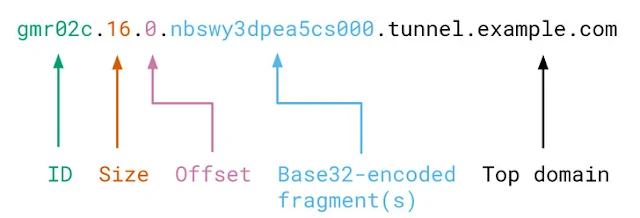In what's one of the most inventive hacking efforts, cybercrime groups are presently concealing vindictive code inserts in the metadata of picture records to clandestinely take installment card data entered by guests on the hacked sites.
"We discovered skimming code covered up inside the metadata of a picture record (a type of steganography) and secretly stacked by undermined online stores," Malwarebytes analysts said a week ago.
"This plan would not be finished without one more fascinating variety to exfiltrate taken Visa information. Indeed, lawbreakers utilized the camouflage of a picture document to gather their plunder."
The developing strategy of the activity, generally known as web skimming or a Magecart assault, comes as terrible on-screen characters are finding various approaches to infuse JavaScript contents, including misconfigured AWS S3 information stockpiling containers and abusing content security strategy to transmit information to a Google Analytics account under their influence.
Utilizing Steganography to Hide Skimmer Code in EXIF:
Relying upon the developing pattern of web based shopping, these assaults ordinarily work by embeddings noxious code into an undermined website, which clandestinely collects and sends client entered information to a cybercriminal's server, hence giving them access to customers' installment data.
In this week-old crusade, the cybersecurity firm found that the skimmer was not just found on an online store running the WooCommerce WordPress module yet was contained in the EXIF (short for Exchangeable Image File Format) metadata for a dubious area's (cddn.site) favicon picture.
Each picture comes implanted with data about the picture itself, for example, the camera producer and model, date and time the photograph was taken, the area, goals, and camera settings, among different subtleties.
Utilizing this EXIF information, the programmers executed a bit of JavaScript that was covered in the "Copyright" field of the favicon picture.
"Similarly as with different skimmers, this one likewise snatches the substance of the info fields where online customers are entering their name, charging address, and Visa subtleties," the scientists said.
Beside encoding the caught data utilizing the Base64 position and turning around the yield string, the taken information is transmitted as a picture document to cover the exfiltration procedure.
Expressing the activity may be the handicraft of Magecart Group 9, Malwarebytes included the JavaScript code for the skimmer is muddled utilizing the WiseLoop PHP JS Obfuscator library.
This isn't the first run through Magecart bunches have utilized pictures as assault vectors to bargain web based business sites. Back in May, a few hacked sites were watched stacking a pernicious favicon on their checkout pages and in this manner supplanting the real online installment structures with a fake substitute that took client card subtleties.
Mishandling DNS Protocol to Exfiltrate Data from the Browser :
In any case, information taking assaults don't need to be essentially kept to malignant skimmer code.
In a different procedure exhibited by Jessie Li, it's conceivable to appropriate information from the program by utilizing dns-prefetch, an inactivity decreasing strategy used to determine DNS queries on cross-starting point spaces before assets (e.g., documents, joins) are mentioned.
Called "browsertunnel," the open-source programming comprises of a server that unravels messages sent by the instrument, and a customer side JavaScript library to encode and transmit the messages.
The messages themselves are subjective strings encoded in a subdomain of the top area being settled by the program. The device at that point tunes in for DNS inquiries, gathering approaching messages, and interpreting them to extricate the important information.
Put in an unexpected way, 'browsertunnel' can be utilized to hoard touchy data as clients do explicit activities on a site page and consequently exfiltrate them to a server by camouflaging it as DNS traffic.
"DNS traffic doesn't show up in the program's investigating apparatuses, isn't obstructed by a page's Content Security Policy (CSP), and is regularly not reviewed by corporate firewalls or intermediaries, making it a perfect mode for carrying information in compelled situations," Li said.







